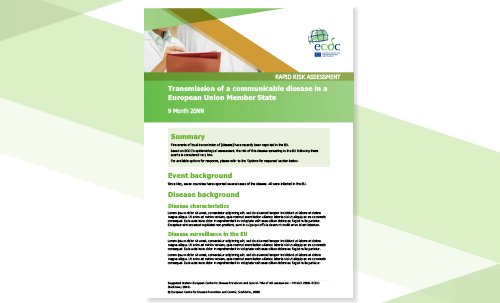Italian archaeological trafficking group dismantled

Joint Eurojust-Europol press release
18 November 2019
An international police operation carried out today, supported by Eurojust and Europol, dismantled an international organised crime group involved in large-scale trafficking of Greek archaeological items looted from Calabria, Italy, resulting in 23 arrests and 103 searches and seizures, yielding approximately 10 000 archaeological goods.
The investigation, which began in 2017, revealed that illegal excavations were managed by a well-structured organised crime group (OCG) carrying out all phases of the trafficking. The OCG, led by two Calabrians living in the province of Crotone, included looters, fences, intermediaries and mules operating out of different Italian regions. The key facilitators from Italy, France, the UK, Germany and Serbia, were operating from Djion, Munich, London and Vršac, coordinating the supply chain. This looting, carried out over the course of several years, caused considerable damage to the Italian cultural heritage.
Eurojust supported the execution of the European Investigation Orders and arranged a coordination centre to follow the action in real time via dedicated and secure lines of communication. The coordination centre enabled the execution of measures, including arrests, searches and seizures, immediately and simultaneously in the five countries, and the timely exchange of information and coordination of all actors involved, including investigative judges, prosecutors and law enforcement authorities.
Europol supported the investigation by coordinating the information exchange, holding several operational meetings, preparing the action day and providing on-the-spot analytical support in Italy to cross-check operational information against Europol’s databases.
National authorities:
- IT: Carabinieri
- DE: Bavarian State Police (Bayerisches Landeskriminalamt (LKA))
- FR: Office central de lutte contre le trafic de biens culturels (OCBC)
- UK: Metropolitan Police, London
- Serbia: Serbian Criminal Investigations Directorate
See also: Eurojust coordination centres

Photos © Carabinieri, IT


